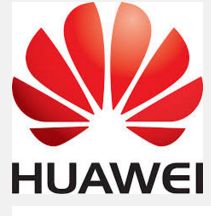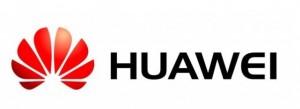2 mins read
Huawei Announces 4 Measures to Achieve Success with Global Ecosystem Partners

March 22, 2025
Copyright 2023, IT Voice Media Pvt. Ltd.
All Rights Reserved

 At the globally live-streamed Industrial Digital Transformation Conference 2020, Huawei announced its partner development strategy named “Profitability, Simplicity, Enablement, and Ecosystem”. Through this strategy, Huawei will cooperate with global partners to achieve mutual benefits.
At the globally live-streamed Industrial Digital Transformation Conference 2020, Huawei announced its partner development strategy named “Profitability, Simplicity, Enablement, and Ecosystem”. Through this strategy, Huawei will cooperate with global partners to achieve mutual benefits.